To understand how does a hearing aid work and Experience crystal-clear sound again! Discover how modern hearing aids personalize your listening with advanced technology. Understand how microphones, processors, and speakers work together to address specific hearing needs. Explore different types of hearing aids and find the perfect fit for you. Regain confidence and connect with life’s vibrant sounds.
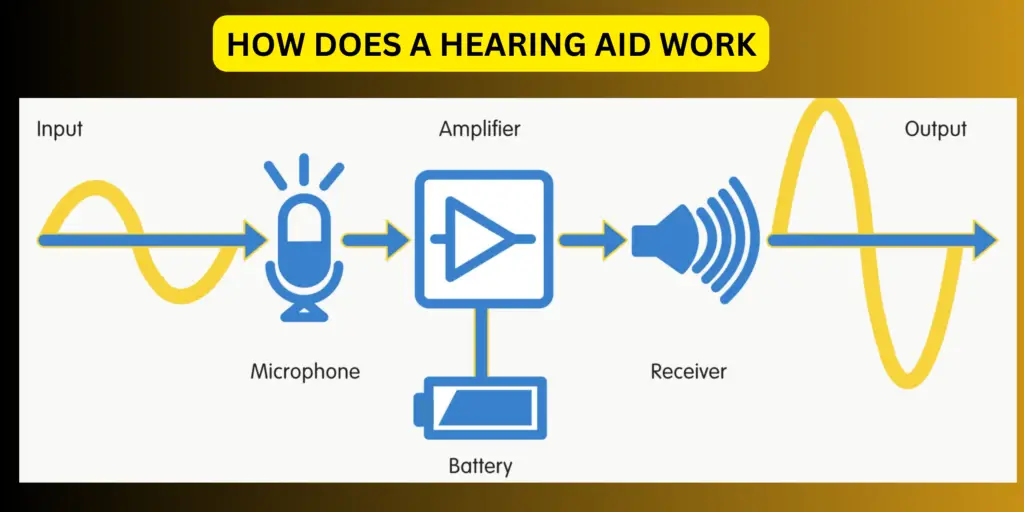
Introduction:
The world hums with a vibrant symphony of sounds, from the whispers of wind to the crescendo of laughter. But for those with hearing loss, this captivating melody can fade, leaving them yearning for clarity. Thankfully, hearing aids step in like tiny maestros, conducting a complex process to restore the richness of sound.
Imagine sound waves dancing around you, unseen and unheard. The microphone, the first violinist of this technological orchestra, captures these waves and transforms them into delicate electrical signals. The amplifier, a powerful conductor, takes center stage, boosting the volume of these signals, ensuring they become audible whispers instead of faint echoes. Finally, the receiver, the final performer, transforms these amplified signals back into sound waves, delivering the enhanced melody directly to your ear.
But this isn’t just a simple amplification act. Hearing aids are sophisticated instruments, catering to individual needs and preferences. From the versatile behind-the-ear style to the discreet completely-in-canal option, there’s a perfect fit waiting to be discovered.
Deconstructing the Components of a how does a hearing aid work:
Before we dive into the operational intricacies, let’s first familiarize ourselves with the fundamental components of a hearing aid:
Microphone:
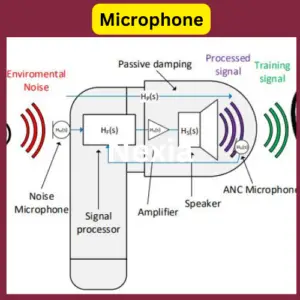
-
-
Imagine sound waves like ripples on a pond. When they strike the thin diaphragm of a microphone, it vibrates, mimicking those ripples. In dynamic microphones, this movement is attached to a coil within a magnetic field. As the coil moves, it cuts through the magnetic field, generating a tiny electric current that mirrors the sound wave’s characteristics. Condenser microphones, on the other hand, use charged plates, with the diaphragm’s movement changing the capacitance between them, again creating an electrical signal.
This electrical current, though faint, carries the essence of the original sound – its volume, pitch, and other nuances. It then travels through the device, be it a recording interface, amplifier, or speaker, where it’s amplified, processed, and ultimately transformed back into sound waves, often louder and clearer than the original.
The type of microphone chosen plays a crucial role. Dynamic mics, robust and versatile, handle loud sounds well and are popular on stage. Condenser mics, known for their sensitivity and detail, excel in studio recordings. From tiny lavalier mics for capturing voices to large shotgun mics for distant sound, each type has its specialty.
-
Amplifier:
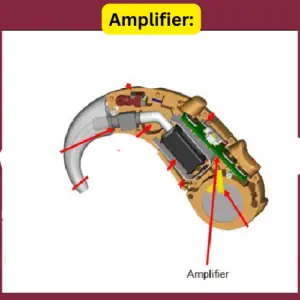
-
-
Imagine whispering a secret into a megaphone. Suddenly, your soft voice becomes loud and clear, reaching a wider audience. That’s the essence of what an amplifier does, but instead of whispers and megaphones, it deals with electrical signals and speakers.
As the name suggests, an amplifier takes the weak electrical signals captured by microphones and boosts their amplitude, essentially making them louder. But it’s not just a volume knob cranked up to eleven. Amplifiers work like tiny conductors, meticulously shaping the signals based on specific needs.
The weak signal from the microphone is akin to a faint whisper in a crowded room. The amplifier acts like a spotlight, singling out and amplifying the desired sounds while minimizing background noise. This crucial process ensures the amplified sounds retain their clarity and fidelity, even at higher volumes.
But there’s more to amplification than just loudness. Amplifiers can tailor the signal to suit different scenarios. For example, guitar amps add distortion to create that iconic rock sound, while vocal amps emphasize specific frequencies to enhance the human voice.
The type of amplifier chosen significantly impacts the final sound. Class A amps prioritize sound quality but consume more power. Class D amps are energy-efficient but might introduce slight colorations. Choosing the right amplifier hinges on understanding your specific needs, whether it’s powering hi-fi speakers for home listening or driving loudspeakers for a live concert.
-
Receiver (Speaker):
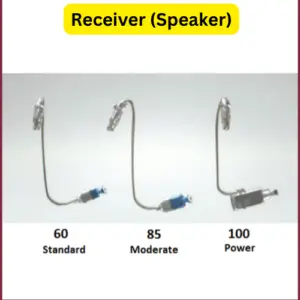
-
-
Imagine tiny electrical pulses dancing on a wire, carrying the essence of music, speech, or even laughter. But how do these electrical whispers translate into the sounds that touch our hearts? Enter the speaker, the final act in this captivating performance, transforming those unseen signals back into tangible sound waves that reach our ears.
Unlike passive receivers, speakers are active components. Their hearts lie in the coil and magnet duo. When the amplified electrical signal travels through the coil, it creates a magnetic field that interacts with the permanent magnet’s field. This interaction causes the coil, and consequently the attached diaphragm (usually cone-shaped), to vibrate.
These vibrations, mimicking the original sound wave’s characteristics, push and pull the air molecules around them, creating pressure waves that travel towards our ears. The size and shape of the diaphragm determine the sound frequencies the speaker excels at reproducing. Large woofers handle deep bass, while smaller tweeters deliver crisp highs.
-
Power Source:
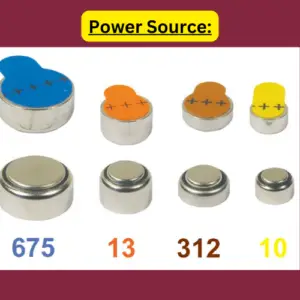
-
-
walking through a vibrant soundscape, every conversation and melody crystal clear. But hearing aids, these technological marvels, need energy to function. That’s where the humble battery steps in, playing a crucial role in powering amplified sound and enhancing auditory experiences.
Most hearing aids rely on disposable zinc-air batteries, named for their unique activation process. These tiny powerhouses come in various sizes, catering to different hearing aid models and battery needs. Unlike traditional batteries, they remain inactive until a tab is removed, allowing air to enter and activate the power-generating process.
But batteries do more than just provide brute force. Modern hearing aids are intelligent power managers, continuously optimizing consumption based on sound environments and user preferences. Features like directional microphones, noise cancellation, and streaming capabilities can demand more power, and hearing aids adjust accordingly.
However, battery life remains a key consideration for users. Factors like hearing loss severity, usage duration, and chosen features can impact battery drain. Rechargeable batteries are gaining traction, offering a more sustainable and potentially cost-effective alternative. These lithium-ion batteries require regular charging but eliminate the need for frequent disposable battery replacements.
Choosing the right battery, whether disposable or rechargeable, depends on individual needs and preferences. Budget, environmental impact, convenience, and charging availability all play a role in the decision.
-
Operating Principles Unveiled:
Having identified the essential components, let’s now unravel the operational principles that govern a hearing aid:
-
Sound Reception:
- The initial step involves the microphone capturing sounds from the surrounding environment.
- To enhance the listening experience, directional microphones are often employed, enabling a focus on specific sounds and minimizing unwanted background noise.
-
Signal Processing:
- Following sound capture, the electrical signals are directed to the amplifier.
- Advanced signal processing algorithms may be applied to filter and fine-tune frequencies, aligning the auditory output with the user’s unique hearing requirements.
-
Amplification:
- The amplifier takes center stage by amplifying the strength of the electrical signals in accordance with the user’s prescribed hearing parameters.
- Modern digital hearing aids offer precision and adaptability in amplification, contributing to a highly tailored user experience.
-
Sound Transmission:
- The now-amplified signals are transmitted to the receiver or speaker, completing the transformation from electrical signals to audible sound waves.
- The speaker plays a pivotal role in delivering the refined auditory signals directly into the user’s ear canal.
-
Customization:
- Many hearing aids feature programmable settings, allowing audiologists to personalize the device based on the individual’s specific hearing profile.
- Users can make manual adjustments or rely on automatic adaptations depending on their surroundings.
Hearing Aid Information Table
| Category | Description | Advantages | Considerations |
|---|---|---|---|
| Microphone | Converts sound waves into electrical signals | Foundation for sound enhancement | Varies in sensitivity and directionality |
| Amplifier | Boosts the amplitude of electrical signals | Makes sounds louder and clearer | Different types have varying power and sound characteristics |
| Receiver (Speaker) | Converts amplified electrical signals back into sound waves | Delivers improved auditory experience | Size and shape impact frequency response |
| Power Source | Supplies energy to the hearing aid | Most use disposable or rechargeable batteries | Battery life depends on usage and features |
| Varieties of Hearing Aids | Different styles offer unique benefits | BTE: Powerful, versatile, visible | ITE: Discreet, comfortable, requires dexterity |
| Choosing the Right Fit | Consider hearing loss, dexterity, lifestyle, features | Consult an audiologist for personalized recommendations |
Varieties of Hearing Aids:
Navigating the world of hearing aids can feel overwhelming, with a variety of styles vying for your attention. But fear not, for each style offers distinct advantages, ensuring you find the perfect fit for your needs and preferences. Let’s delve into the three main categories:
Behind-the-Ear (BTE): These classic hearing aids reside comfortably behind your ear, with a microphone, amplifier, and speaker housed within a casing. BTEs come in varying sizes, catering to mild to profound hearing loss. Their larger size allows for powerful components, longer battery life, and directional microphones for better noise reduction. However, they might be more visible and susceptible to wind noise.
In-the-Ear (ITE): Designed to fit snugly within the outer ear canal, ITEs offer a discreet and comfortable option for mild to moderate hearing loss. They come in various styles, from full-shell (covering the entire outer ear) to half-shell (partially filling the bowl). ITEs provide good amplification and wind protection but might require dexterity for handling due to their smaller size.
Completely-in-Canal (CIC): Nestled deep within the ear canal, CICs are nearly invisible, making them ideal for those who prioritize discretion. They suit mild to moderate hearing loss and offer good wind protection. However, their tiny size limits battery life and might not accommodate complex features like directional microphones.
Choosing the Right Fit: Beyond style, consider these factors:
- Your hearing loss: Consult an audiologist to determine the severity and type of your hearing loss, which will guide style selection.
- Dexterity: ITEs and CICs require more dexterity for handling than BTEs.
- Lifestyle: Active lifestyles might benefit from BTEs’ durability, while CICs excel for discretion.
- Features: Consider desired features like Bluetooth connectivity or directional microphones, which might influence style choice.
Conclusion on how does a hearing aid work
The delicate melody of windchimes, the laughter of loved ones, the vibrant symphony of life – these sounds can enrich our world but may fade for those with hearing loss. Hearing aids, however, are not mere amplifiers; they are tiny conductors, orchestrating a complex process to deliver the gift of clear sound.
From capturing sound waves like a meticulous violinist to amplifying them like a powerful conductor, each component within a hearing aid plays a crucial role. But this orchestra isn’t complete without the right “instrument.” Consider the BTE’s versatility, the ITE’s discretion, or the CIC’s invisibility – each offers unique advantages depending on your needs and desires.

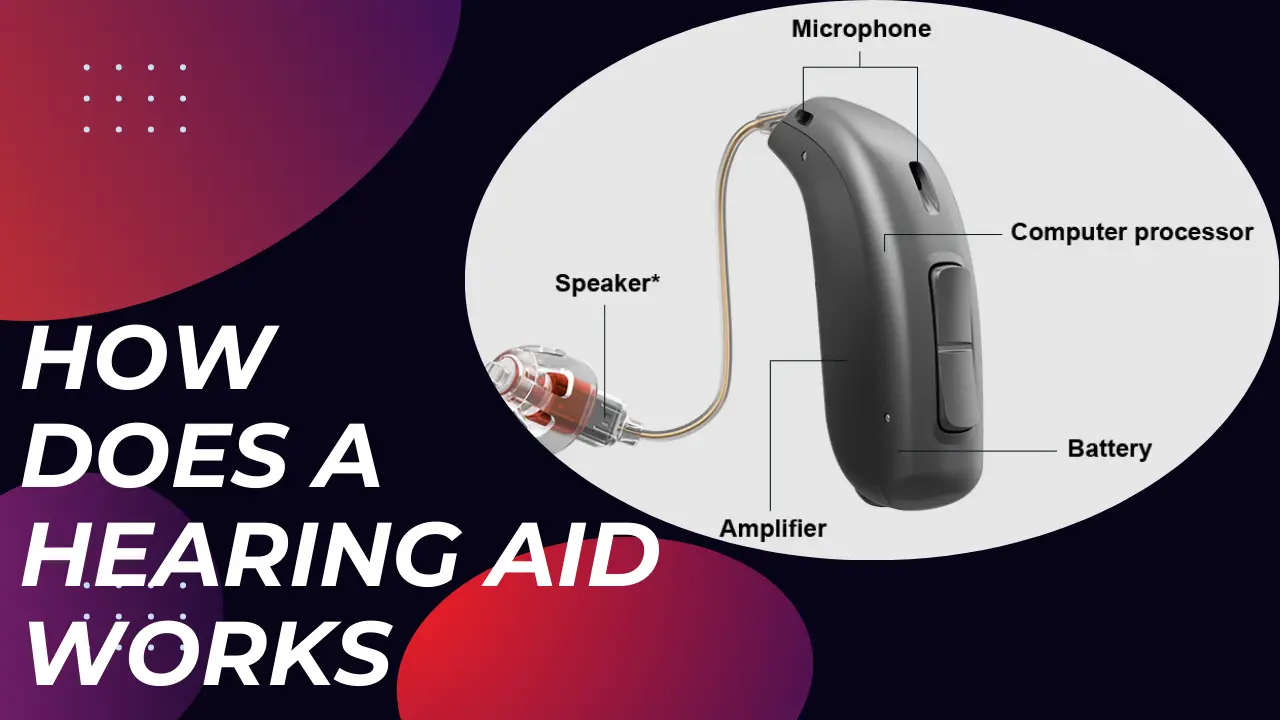
1 thought on “Unraveling how does a hearing aid work: A Comprehensive Exploration”